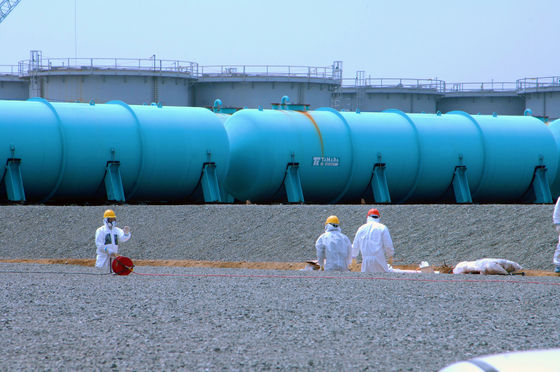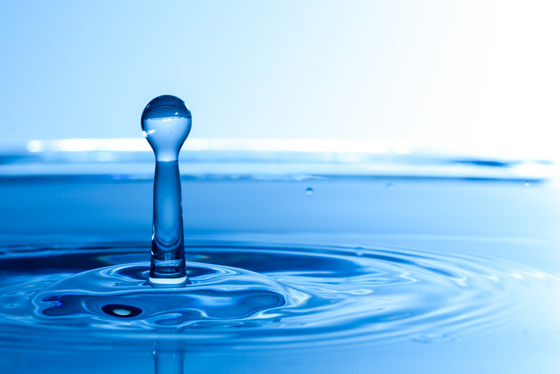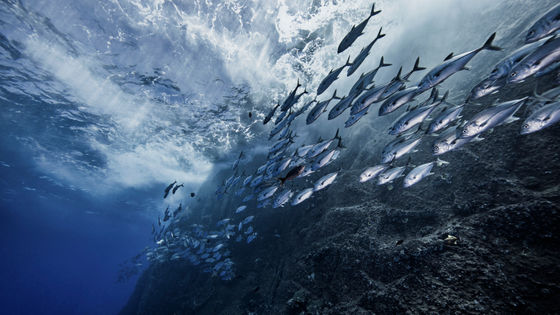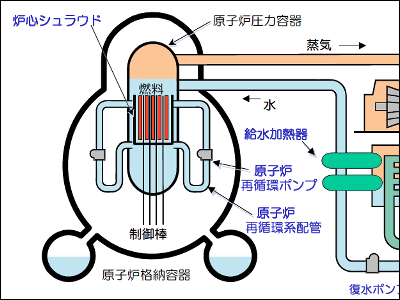Discharge of treated water from Fukushima Daiichi Nuclear Power Plant is the 'best choice', experts say, what about radiation hazards and cases in other countries?

by
At a ministerial meeting on January 13, 2023, the Japanese government decided to start releasing treated water from the Tokyo Electric Power Company's Fukushima Daiichi Nuclear Power Station into the sea around the spring or summer of 2023. While some domestic media have concluded that it is `` irresponsible ,'' Jim Smith, an environmental scientist at the University of Portsmouth in the UK and a member of the expert group of the International Atomic Energy Agency (IAEA), said that ``release is the best option.'' I explained the reason and the impact of the release.
Fukushima to release contaminated water – an expert explains why this could be the best option
https://theconversation.com/fukushima-to-release-contaminated-water-an-expert-explains-why-this-could-be-the-best-option-198173
In the Fukushima Daiichi Nuclear Power Plant accident caused by the Great East Japan Earthquake and accompanying tsunami, water was injected to cool the damaged reactors, and rainwater and groundwater inflows caused a large amount of pollution on the premises. Water is accumulated, and about 130 tons of contaminated water is generated per day.

by
More than 1,000 tanks have been built on the premises in response to this, and more than 1 million tons of water have been stored so far, but the storage space is reaching its limit. There is also the risk of water leaking from the tank due to natural disasters such as earthquakes and typhoons. So the government approved a plan to release the stored water through a pipeline into the Pacific Ocean.
Contaminated water generated at the nuclear power plant is treated to remove almost all radioactive elements such as cobalt-60, strontium-90, and cesium-137, and what is stored in tanks is the ' treated water ' after treatment. However, tritium , a radioactive isotope of hydrogen, remains without being removed.
According to Mr. Smith, radioactive tritiated water is generated by replacing one of the hydrogen atoms in the water with tritium, but tritiated water is chemically the same as normal water. Therefore, it takes cost, energy and time to remove tritiated water from contaminated water. In fact, a report on tritium separation technology (PDF file) published in 2020 concluded that ``no technology has been confirmed that is ready for immediate practical use at the Fukushima Daiichi Nuclear Power Plant''.

Since tritium cannot be separated from the treated water, water containing radioactive tritiated water will be released into the sea.
On the other hand, the bioconcentration factor of tritiated water is about 1. In other words, Smith pointed out that even if an animal is exposed to tritiated water, the tritium concentration in the body will be about the same as the surrounding water.
When tritium decays, it emits radiation called beta particles . Because these particles are fast-moving electrons, beta particles damage DNA when tritium decays in living organisms. However, according to Mr. Smith, tritium's beta particles are not very energetic, so you have to ingest a large amount of tritium to receive a considerable amount of radiation.
For example, the WHO standard for tritium in drinking water is 10,000 becquerels per liter, which is several times the concentration of treated water scheduled to be released from the Fukushima Daiichi Nuclear Power Plant. In addition, TEPCO explains that 'the tritium concentration after diluting with seawater is sufficiently diluted with seawater of 100 times or more so that the tritium concentration is less than 1500 becquerels / liter'.

Because tritiated water is difficult to separate and has limited environmental impact, nuclear facilities around the world have released tritium into the ocean for many years. For example, approximately 10 petabecquerels (PB) of tritium are released annually into the English Channel from the
'The La Hague reprocessing plant in France is releasing tritium at a much higher rate than planned for the Fukushima Daiichi nuclear power plant, but there is evidence that it has significant environmental impacts,' Smith said. There is no exposure to radiation, and the amount of radiation exposure to humans is low.'

When releasing stored water, it is also important to confirm that 'organically bound tritium' is not contained in the water. Organic-bonded tritium is one in which hydrogen atoms in organic molecules are replaced with tritium. Unlike tritiated water, which has the same physical properties as water, organic molecules containing organically bound tritium can accumulate when ingested by sea creatures.
For example, in the mid-1990s, organic molecules containing tritium were released into the Gulf of Wales in England from a pharmaceutical company called Nycomed Amersham, and the bioconcentration factor at that time is said to have reached 10,000.
In this regard, Mr. Smith said, ``On the grand scale of the environmental problems we face, the emissions from the Fukushima Daiichi nuclear power plant are relatively small. There is a high possibility that the prefecture's fisheries will suffer further reputational damage, so it is inevitable that the release of radioactive material into the Pacific will cause political and media turmoil.'
Related Posts:
in Science, Posted by log1l_ks







